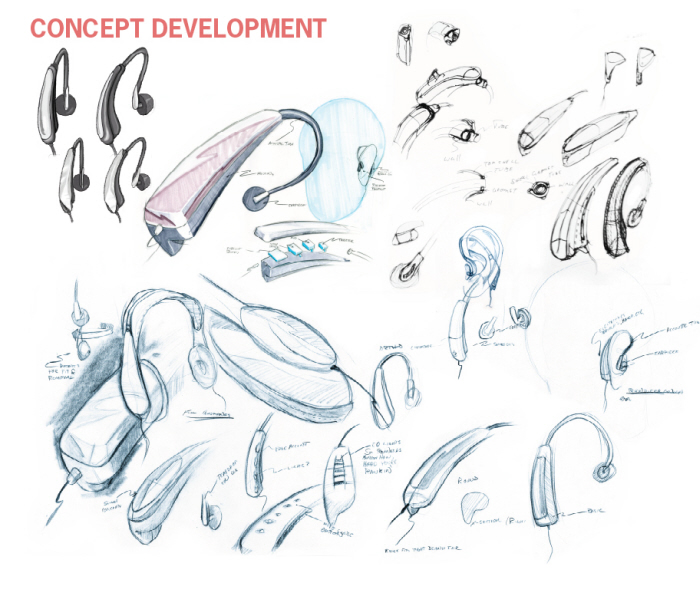
To pack headphones with big sound or big features at a reasonable price, they need to have some room. Any electronic components small enough to fit within, for example, an earbud-sized housing, will either be high in cost or mediocre in quality. As a result, the best sounding headphones are often bulky, as are headphones with features such as bluetooth. The problem with this bulk isn’t necessarily the size alone, but where it’s located: outside of the ear, over the head, behind the neck, etc. Tubephones tuck the bulk neatly behind the ear, leading to a sleek, secure fit.

The idea behind Tubephones was simply to move the housing for the headphones' electronics to behind the ear. An acoustic tube similar to what's used in hearing aids or earpiece monitors is used to deliver the sound to the ear.


Tubephones have a housing that is large enough to contain up to three full-sized drivers, allowing them to deliver a full rich sound, without costly micro-components. Alternatively, the extra room can be used to house wireless technology, such as bluetooth and a battery, giving an unprecedented low-profile design.

By moving the weight of the headphone as close to the head as possible, Tubephones achieve an extremely secure fit by reducing their likelihood of being jarred loose. The location of the electronic components behind the ear also provides a much more sleek look than most headphones that can deliver a comparable sound.


gLike